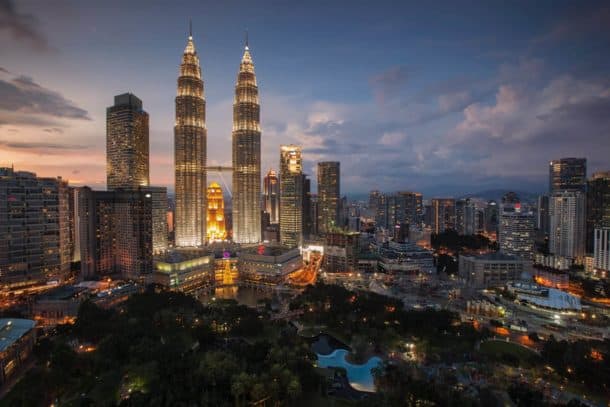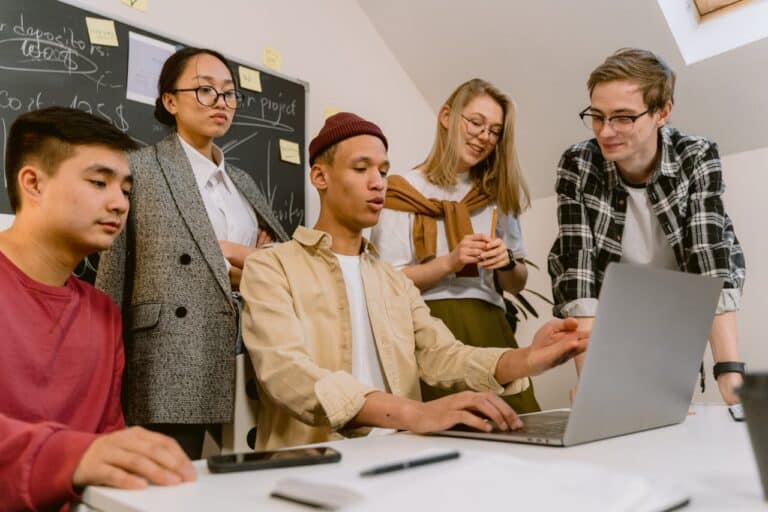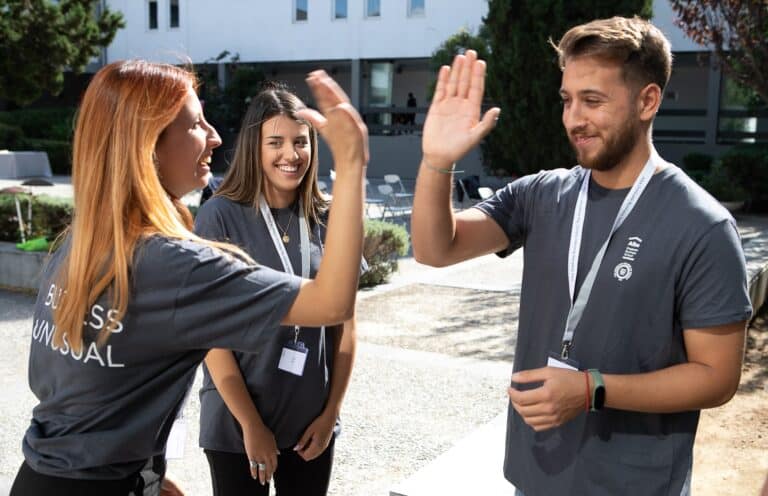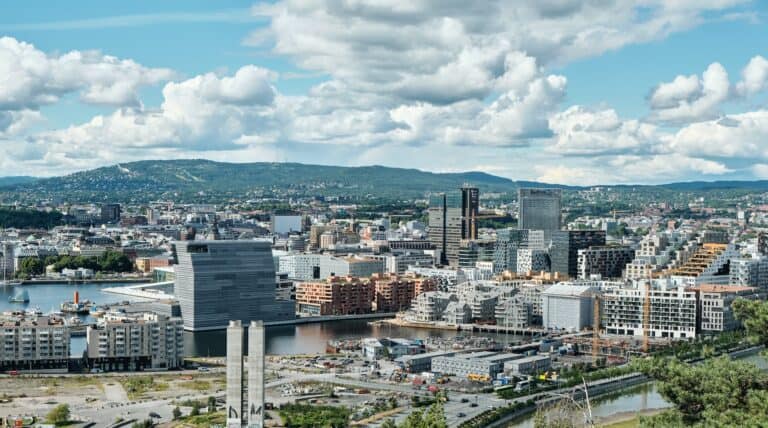In recent years, many international universities have been expanding their brand by opening up certified branches in other countries. For example, Monash University (Australia), University of Nottingham (United Kingdom), and Xiamen University (China) have certified branches in Malaysia. Today, Parto will share her experience of studying in Malaysia with us.
EDUopinions is an online platform where you can read real, verified student reviews about universities from all over the world as well as get free information about them.
Background Story
Studying abroad was one of my childhood dreams. From the age of 16, I started researching different educational opportunities in Australia, Europe, and Asia. As I was always a studious person, I had no problem with the GPA requirements of almost all the universities of my choice. However, as English was not my mother tongue, I knew I had to improve it and prepare myself for an academic IELTS test.

While concluding my high school studies and improving my English language skills, I found an Australian university called Monash University. It has certified branches in Malaysia, Italy, South Africa, China, and India. I chose to study at Monash University Malaysia as Malaysia had the least distance to my country of birth (Iran) and my parents could visit me regularly. In addition, the foreign exchange rate (Malaysian Ringgit) was the nearest to my currency (Iranian Rial). Best of all, the Malaysian branch was offering the subject that I was extremely passionate about, Mechatronics Engineering.
Visa & Arrival
The Malaysian visa requirements and procedures for international students are not difficult. Generally, in the first phase, students need to provide a valid passport, photo, academic records, IELTS/TOEFL certificate, offer letter from the university, filled-out visa application form, as well as medical examination forms. The first round is done in the student’s country of origin. The approval process will take less than a month and the letter is received in digital format.
Afterwards, students can arrange their travel plans and start their journey. In the airport, the printed version of the approval letter should be shown to the officer at the immigration counter. There, a temporary pass with a validity of 2 weeks is stamped in the student’s passport. During these two weeks, students should seek help from their university’s international office to continue the student visa application process. Students are also required to attend a second round of medical examination in certain hospitals.
Furthermore, almost all universities in Malaysia (even international ones) arrange for a greeter/university representative to pick up the students (and their accompanying family members) from the airport and drive them towards the university hostels. My family and I felt extremely welcomed by this nice gesture.
Accommodation
Generally, accommodation in Malaysia has a rather fair price. Students can also choose from different room/unit types. For example, at Monash University, I had two options. In type one, I had the chance of living alone while paying a higher price. It also had an individual washroom for each room as well as the permission for tenants to cook. The second type, which was the unit of my choice, had a less price with 8 students living in one unit (each person living in a separate room). The washrooms were shared and cooking was forbidden. I chose the second type, not only because of the lower price, but because I wanted to make lots of international friends, get to know different cultures, and enjoy my time with them. In weekends, we sometimes had movie nights in the shared area and just chatted till dawn. The memories are still vivid and precious. Moreover, the rules regarding the prohibition of cooking in my unit was not a big issue, as I was not a good cook at the time.

Location & City Tours
Another positive point about universities in Malaysia is their orientation week. They not only entertain students on campus, but they provide the best short trips off-campus. Monash University was located in a beautiful, luxurious, and modern city called “Sunway”. Students had the chance to not only enjoy the attractions of this city but also join the university tours to visit other famous cities, such as Kuala Lumpur, Putrajaya, Petaling Jaya, Port Dickson, etc.
As Malaysia has common borders with Thailand and Singapore, my family and I decided to travel to these destinations. The experience was absolutely fantastic and the visa process was extremely easy too.
Attractions

Ranking among the top 10 tourist destinations in the world, it is needless to say that Malaysia has many attractions. I studied and lived in Malaysia for 5 years and I had the chance to visit some of the most popular ones. These include Petronas Towers, Menara KL Tower, Chinatown, Batu Caves, Kuala Lumpur City Gallery, Thean Hou Temple, National Zoo, KL Bird Park, KL Butterfly Park, Aquaria KLCC, Genting Highlands, and Strawberry Farm.
It is also interesting to know that Malaysia has an extremely young population, which is why even in the shopping malls, many types of entertainment can be found. These include arcade, archery range, darts and billiard hall, bowling centre, and best of all, theme park. Berjaya Times Square Mall and its Theme Park, Sunway Pyramid and Sunway Lagoon Theme Park, and Suria KLCC and KLCC Park are of the most popular that I also had the chance to visit and enjoy my time with friends.
Food
Malaysia is diversity heaven. There are many ethnic groups residing in Malaysia (e.g. Malaysian Malay, Malaysian Chinese, Malaysia Indians, etc.); as a result, the food is extremely diverse as well. I remember that we had about 11 different restaurants at Monash University. Each of them served different foods, fruits, drinks, and desserts from all around the world. I still remember the taste of Nasi Lemak, Curry Laksa, Fried Rice, Briyani, Roti, Maggi Goreng, and Satay. For dessert, I never missed the chance to buy Kaya Pau or Kuih. Snacks were always local fruits which were really tasty – mango, banana, guava, papaya, rambutan, star fruit, mangosteen, dragon fruit, pineapples, coconuts.
Of course, we should not forget the most famous Malaysian fruit: durian. As an explorer myself, durian was the first fruit I tried after reaching Malaysia; and, that was my first as well as the last time eating durian (and, yes, the rumours about the taste are actually true)! However, I always encourage the newcomers to take a bite and see why Malaysians call this fruit “The King of Fruits.”
Working
International students are permitted to work 20 hours per week in one of these 4 sectors: restaurants, petrol kiosks, mini markets, and hotels. While studying for my bachelor degree, I chose not to work; as I preferred to focus on my studies and grow my international network through interacting with international friends coming from different backgrounds.
To Sum Up
Studying in Malaysia was a life-changing experience for me and I encourage anyone who wants to study abroad, to take a look at its different national and international universities. Generally, the courses are offered 100% in the English language and diversity rate is exceptionally high. In addition, Malaysia is a safe country and people are extremely open-minded.
Recent Posts

Although it's possible to sail through university without giving a thought to what you're going to do afterwards - concentrating only on enjoying ...

Ever thought about studying in Greece? Between the sunny weather, incredible history, and breathtaking coastline, you could also get a top business ...

Norway: it's a land of awe-inspiring nature, adrenaline-inducing outdoor sports, and picturesque cities. But have you ever thought about studying ...

